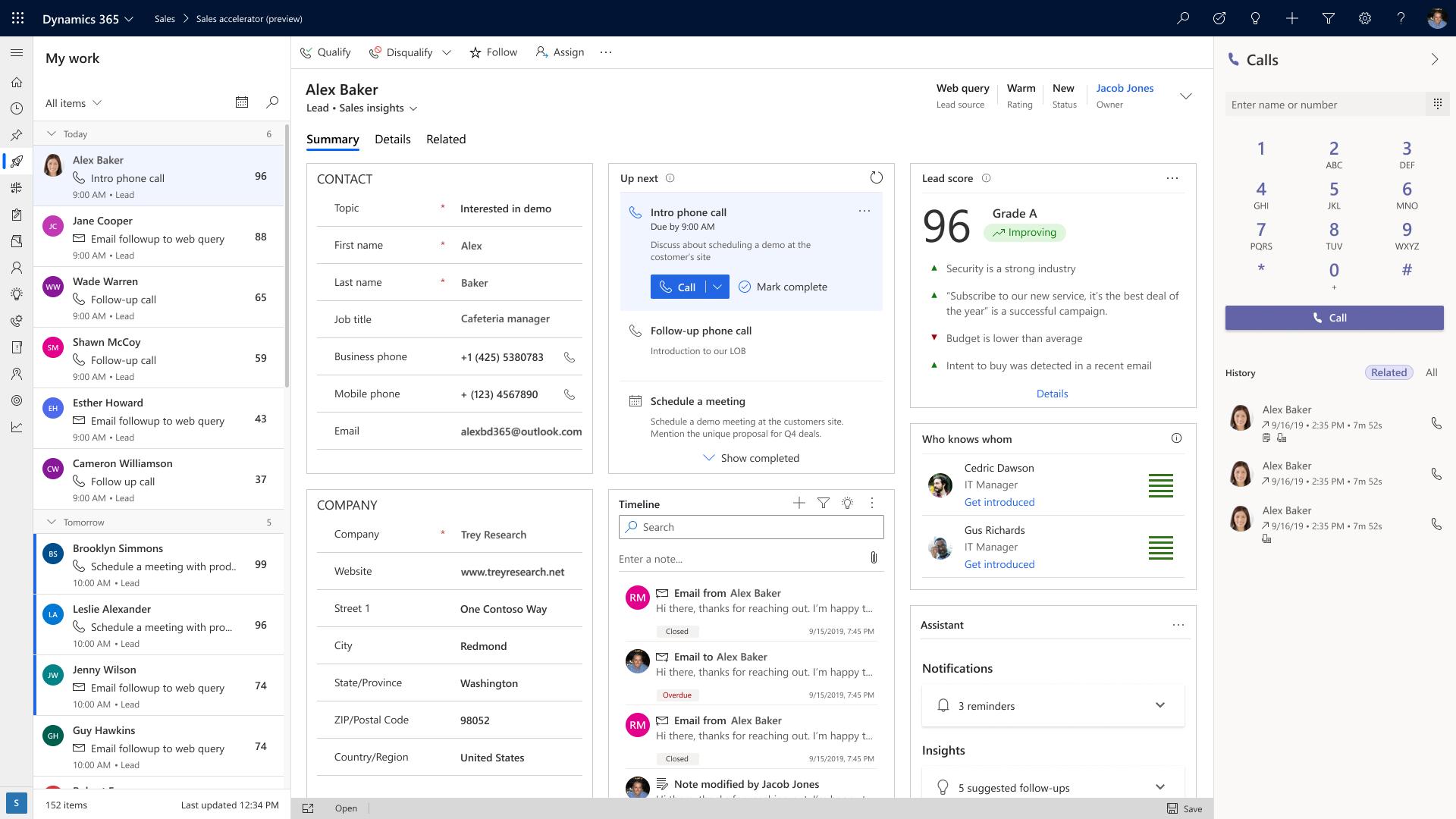Microsoft Dynamics 365 customer service represents the assistance or advice that a company provides to people who buy or use its products or services. Customer service usually involves cases. The way organizations provide support for questions, requests, or problems reported by their customers can vary greatly from company to company. More traditional call centers may rely on customers calling and speaking directly with customer service representatives. Others take a more self-service approach, where their customers and employees are trained on what they need to support themselves. Depending on the needs of the organization, there are different factors that drive customer service.
Let's examine some of these elements in a little more detail:
- Quick response times – Customers want their issues resolved quickly. This means that you need to focus on efficiency and optimize the different support functions. There are several ways that organizations can achieve this. Queues can be used to route requests to the correct department or team for faster handling. Many organizations are now implementing customer service bots. These bots can answer many of the common questions customers may have. This helps customers spend less time on hold and ensures customer service representatives (CSRs) have the freedom to spend their time working on more complex issues.
- Customer Self-Service – More and more customers prefer to find their own solutions to service problems. You probably do too. If you don't know something, you are likely to search online for the answer. It is important that your organization provide your customers with self-service resources. For example, one of the most common self-service resources is a knowledge base. Knowledge bases consist of categorized support articles and FAQ pages that provide customers with solutions to common user roadblocks. This ensures that customers are equipped with the correct information, provided directly by your organization.
- Omnichannel support – It should be easy for customers to get in touch with your support team, regardless of the medium they are using. Today, customers are more likely to request support via text or social media than to interact over the phone. It's important that not only can you respond to incoming service requests via phone, email, social media, live chat, and whatever other communication channels your customers prefer, but the quality of support and customer experience remain the same. in all mediums. Providing this type of omnichannel experience makes your team more accessible and creates less stressful service interactions.
- Gathering and analyzing customer feedback – Customer needs vary from industry to industry. The best customer service organizations use feedback collected from their customers to identify the needs of their customer base and create custom solutions for them. Instead of assuming you know what your customers want, reach out to them through surveys and interviews to gain insight into your business.
Organizations that excel at providing customer service typically showcase all of the above characteristics and combine them into a seamless solution that ensures customer experiences are the same regardless of how they interact with your organization.
See Also - Dynamics 365 customer voice
When using Dynamics 365 Customer Service, you can do the following:
- Enter and track customer issues by creating a case record.
- Manage and record all case records related to interactions such as phone calls and tasks.
- Provide a platform for sharing tribal knowledge by applying the knowledge base.
- Create queues and route cases to the right channels.
- Create and track service levels through service level agreements (SLAs).
- Define the terms of service through entitlements.
- Manage performance and productivity through reports and dashboards.
- Create and schedule services.
- Participate in chats.
- Manage conversations across all channels.
